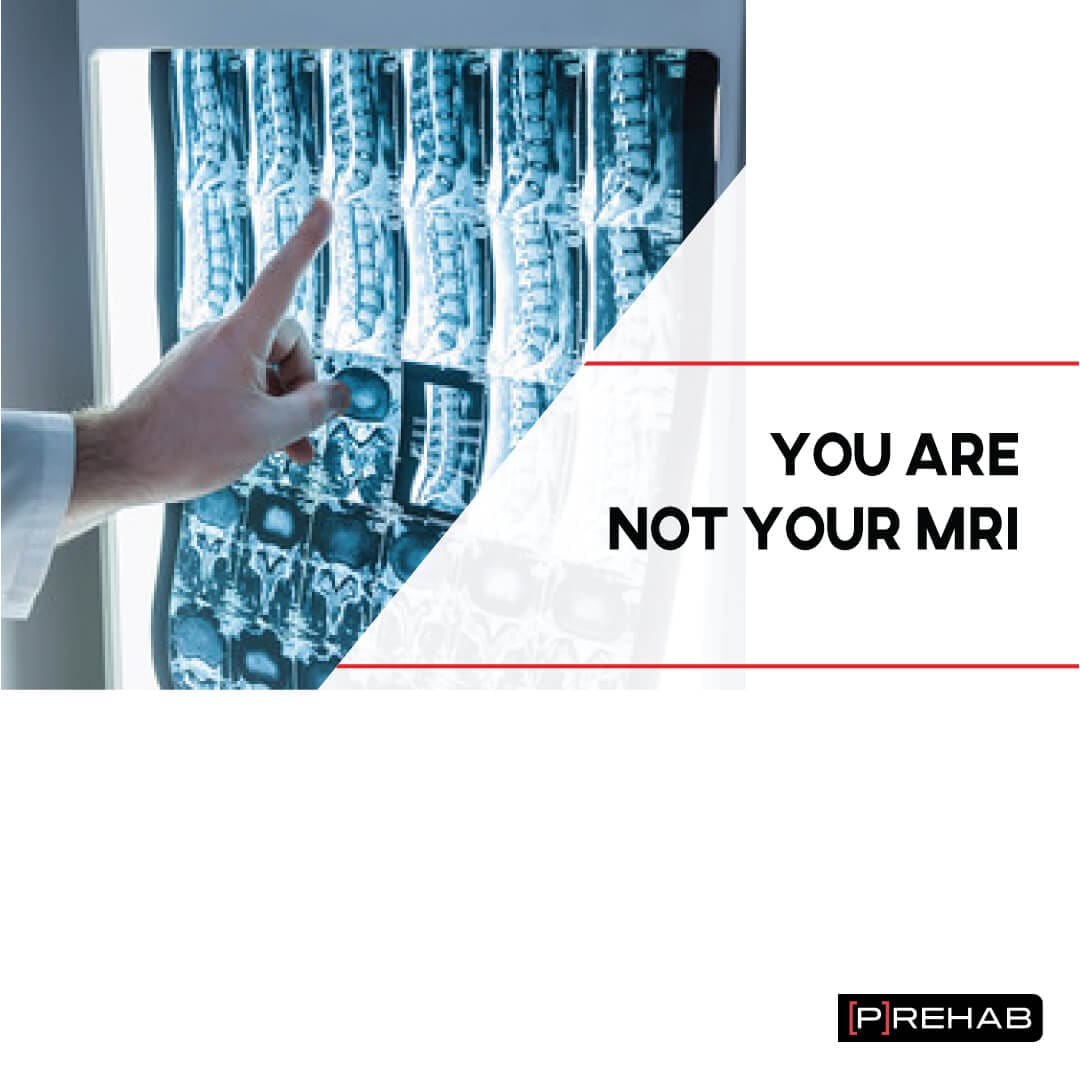
Mike had the unique opportunity to spend 4 months treating in China. Sadly, the people there have an extremely low level of education and understanding of their health. Every day in the clinic, we battled not just construed cultural enigmas, “my back hurts because of the cold wind”, but also improper education & advice, “my doctor told me if I do anything more vigorous than walking my nerve will impinge and I will be paralyzed”. One of the biggest reasons why we embarked on the [P]Rehab mission in the first place was to inject some truth and science into the fitness and health industries. Proper education on your movement system, why you experience pain, and self-management strategies can go a really long way in making this world a much better and happier place. Education is power. Let us educate you on MRIs for low back pain and why you should always take medical imaging with a grain of salt!
YOU ARE NOT YOUR MRI!
MRIs for low back pain, especially when it comes to musculoskeletal low back pain, are not just extremely expensive and more often than not unwarranted – they can actually cause more harm than good. If you and I (both healthy individuals) had an MRI, I can almost guarantee our results would AT A MINIMUM read something along the lines of “mild degenerative changes at L4-5”. Or even “slight disc bulge at L3-4”. Does that mean you can’t walk and your back aches for days? No. If your back does start aching, does it mean it’s from your “disc bulge”? Probably not. What is more likely to be the culprit is you slept in the wrong position one night or you didn’t properly hip-hinging while deadlifting yesterday. Just because there are “findings” on an MRI does NOT mean that’s the cause of your low back pain.
I hate to break it to you, but that MRI shouldn’t dictate or influence ONE BIT how your physical therapist manages your pain. Because guess what, you and joe schmo can have the same exact MRI findings, but Joe could be in 10/10 pain while you feel like you could do a triathlon. A physical therapist will treat YOU And YOUR clinical presentation. What things make YOU feel worse or better? What impairments do YOU have? What movements do YOU need? Not what an image shows, as everyone’s MRI will undoubtedly show something.
Our Program Is Designed For You To Treat Your Low Back Pain!
Conservative treatment for low back pain has been shown to be superior to other interventions such as injections, medications, or surgery. No matter how long you have suffered from back issues, it is never too late to start feeling better. We get it, we have dealt with low back issues too! This program is a physical therapist developed, step-by-step program that blends exercise science, current evidence, our clinical expertise, and our personal experiences to provide you with the ultimate solution! Learn more HERE!
You Have an MRI & A Herniated Disc, Now What?
Spine MRIs: There Is A Time And Place
Now, don’t get us wrong – MRIs for low back pain definitely have a time and place and are a useful tool in ruling out the big bad uglies like tumors or true spinal cord compression. However, many people run to get an MRI the moment they are in a little bit of discomfort. It’s ruining our healthcare system – financially and socially.
LISTEN: CASE STUDY OF DISC HERNIATION WITH PREHAB
And when we healthcare providers fail to educate those on their findings, we’re failing our patients. Don’t the words “degeneration” or “disc bulge” sound daunting, definitely if you’re a relatively fit 35-year-old! If we don’t educate the public on radiographic/MRI findings, it’s natural to feel scared, and become fixed on your imaging and consequently loose up. It’s a downward spiral for many.
This is why MRIs for low back pain – without proper education – can cause more harm than good.
To sum it up, here’s a direct quote from a major 2014 review by Brinjikji et al: “signs of degeneration are present in very high percentages of healthy people with no problem at all. Many imaging-based degenerative features are likely part of normal aging and unassociated with pain.” Pain is an enigma that is not fully understood. We currently have been providing more education to the public about what pain is, where it comes from, and how you can understand it better!
The Prehab membership is the anti-barrier solution to keeping your body healthy. Access state-of-the-art physical therapy, fitness programs, and workouts online in the comforts of your own home or gym! Taking control of your health with exercise & education from the palm of your hand has never been easier. Get access to 50+ programs, 100+ unique workouts, and 3000+ exercises to build your own workout routines. Trial it for free, and learn how to get out of pain, avoid injury, and optimize your health with [P]rehab!
No Pain No Gain, Right? Not Exactly
UPDATE! We recently have dedicated a new blog post to the topic of “No Pain, No Gain”. This is because oftentimes, individuals may be afraid to move even if they are having the slightest amount of pain. What we discuss in this article is that there is more recent evidence supporting a new model for pain, and that with certain conditions, it is actually OK to work through mild symptoms of discomfort when overcoming an injury! As we have harped on, education is crucial. We want to educate the public on what normal sensations are during exercise, and what may be abnormal. We will have discomfort here and there, and we are here to tell you that is Ok!
READ: IS NO PAIN NO GAIN TRUE?
Physical Therapists and Direct Access
An excellent tool that physical therapists are able to utilize is direct access! This simply means that if you sustain an injury, say you tweak your low back mowing your lawn for example. You can search for a trained Doctor of Physical Therapy that practices close to your home, call that specific office, and schedule an evaluation, WITHOUT A SCRIPT from a healthcare provider! This is beneficial for a number of reasons:
- Allows you to save time after an injury and be seen quicker, which often leads to a more positive prognosis and outcome
- Saves money, as often, an individual may pay for imaging, a visit to the emergency department, and even their family physician, all before seeing a physical therapist!
- Decrease the economic burden on the healthcare system: The bouncing around from all avenues of healthcare increases the number of visits per episode of care, and as a result, MONEY!
As Doctors of Physical Therapy, we have received a thorough education that allows us to decipher if someone presenting with an injury is musculoskeletal in nature (bone, joint, soft tissue, etc.), or an underlying condition that requires further consultation with a different healthcare provider. Furthermore, oftentimes if we can catch injuries quickly, we can help rehab those people quicker and get them back to their prior level of function! It was when people leave injuries unaddressed, that they become chronic, worse, and harder to overcome.
Closing Thoughts
MRIs for low back pain. Are they always needed? If I tweaked my back, is this the only way I will know what is wrong with me? The first thought after an injury is, “O my gosh, what is wrong with me??”. I NEED a diagnosis. Yes, this is common, we as humans want answers. We want to know what is wrong with our bodies, and we have a right to know. However, oftentimes, with imaging specifically, this may implant fear and negative thoughts into our head, making us think there is something more that is wrong with us when in all actuality, many imaging findings are NORMAL! As we age, there are normal changes that happen within our bodies. So just because you may hear words such as “arthritis, stenosis, degeneration, or bulging discs” for example, this does not always correlate with pain or a clinical presentation! Keep this in mind if you do happen to have images done after an injury, and do not be afraid to ask questions to your healthcare provider about what is normal and what may actually be contributing to your pain!
Looking For Low Back Relief?
The low back is the centerpiece of our movement foundation and is the most adaptable and resilient area of the movement system. Since it takes on so many responsibilities it can at times become overwhelmed and request a change be made. Those requests tend to say: “Can you use your hips more?” and “Can you build up more core strength for this activity?” After this program, your back will be happy to know that these requests have been attended to! Learn more HERE!
References
About The Author
Michael Lau, PT, DPT, CSCS
[P]rehab Co-Founder & Chief Product Officer

Disclaimer – The content here is designed for information & education purposes only and is not intended for medical advice.
About the author : Michael Lau PT, DPT, CSCS
21 Comments
Leave A Comment
You must be logged in to post a comment.
Related posts
Get Proactive with Prehab
- ✔ Zero wait times, no hidden fees, no barriers to entry!
- ✔ Get out of pain, get stronger, and improve your mobility
- ✔ Access to easy-to-digest physical therapy education videos & resources to learn about your body in the palm of your hand
- ✔ Guidance from trusted Doctors of Physical Therapy
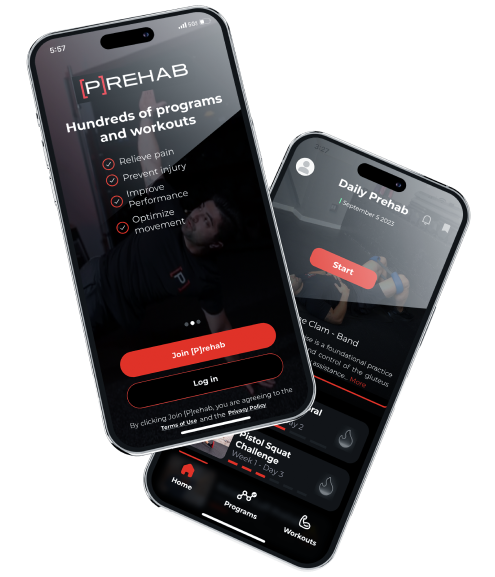
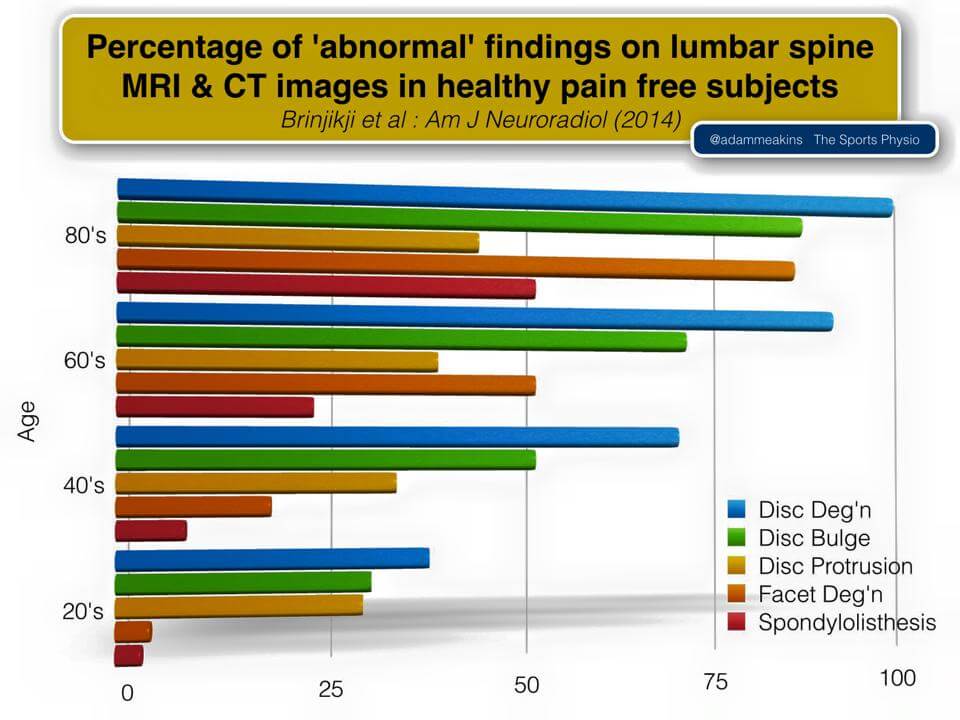
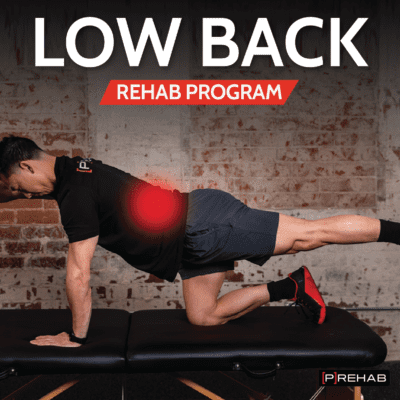
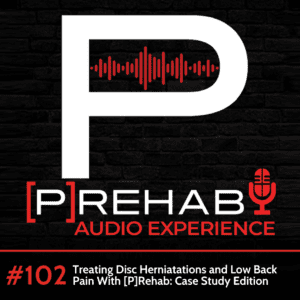
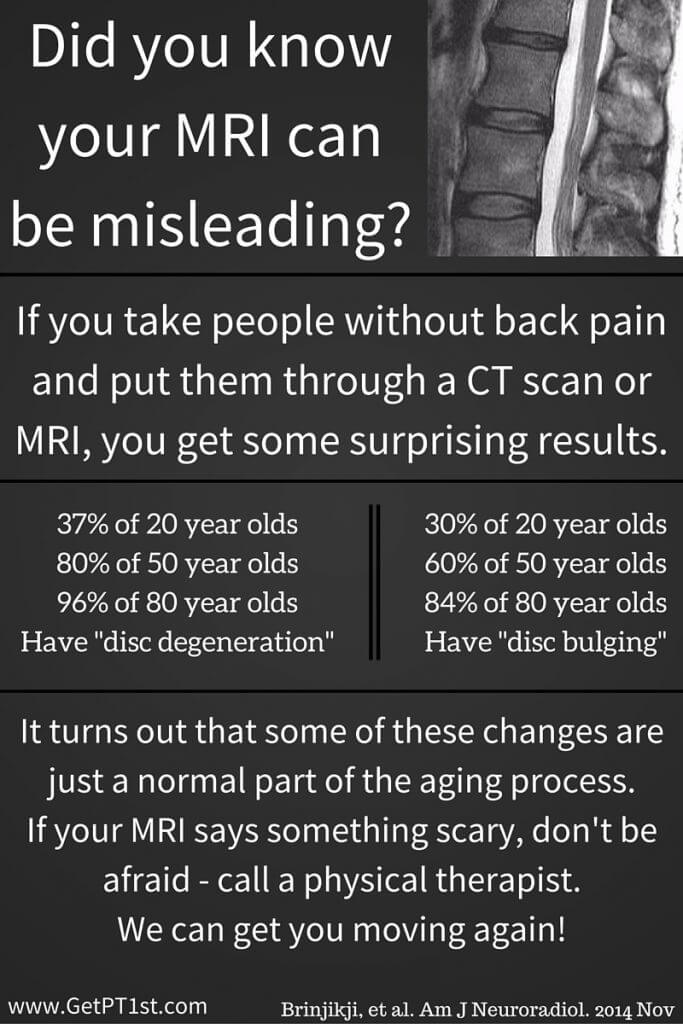
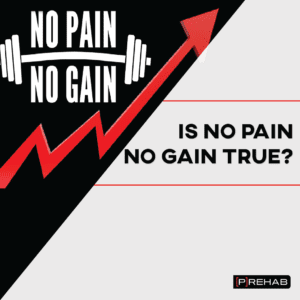
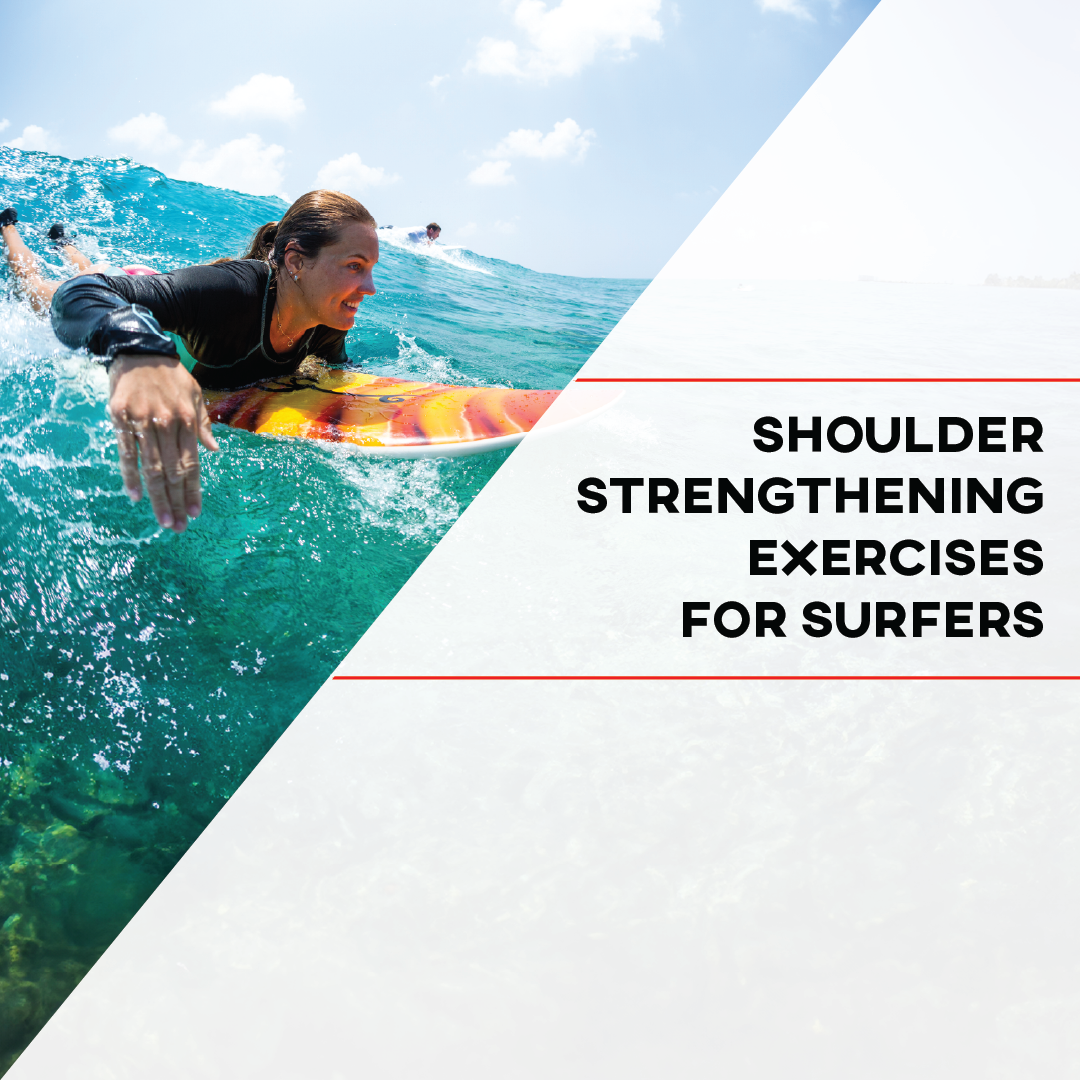
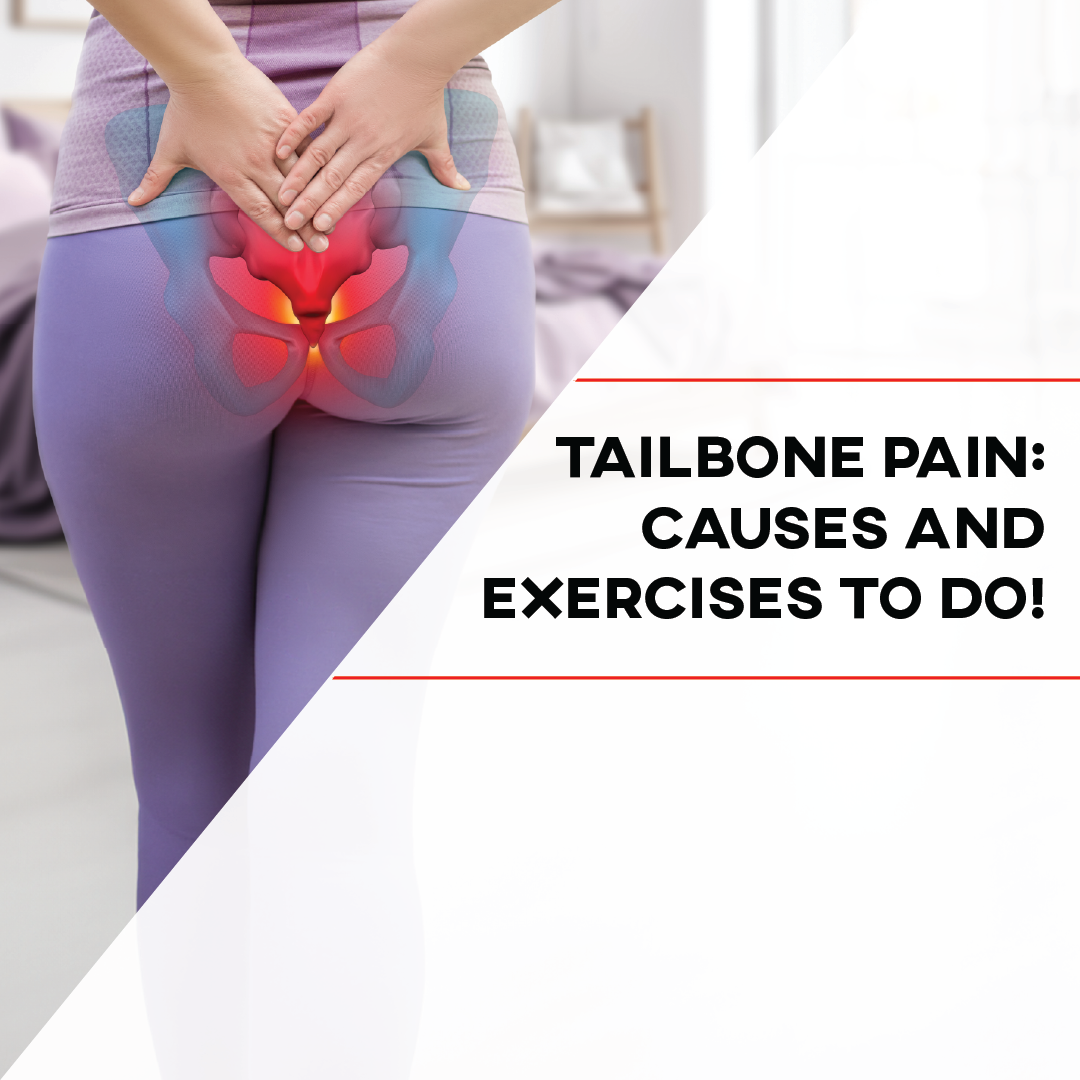
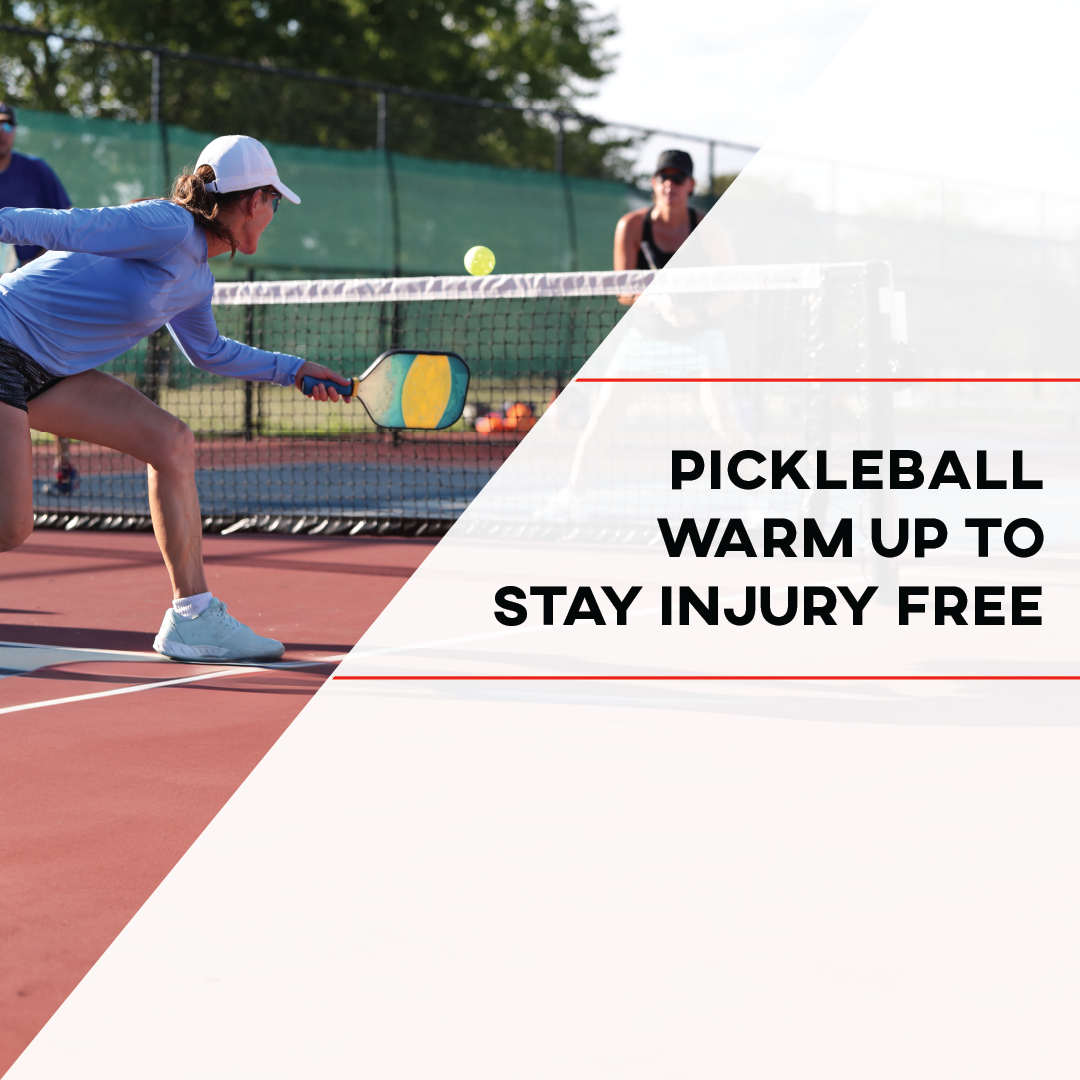

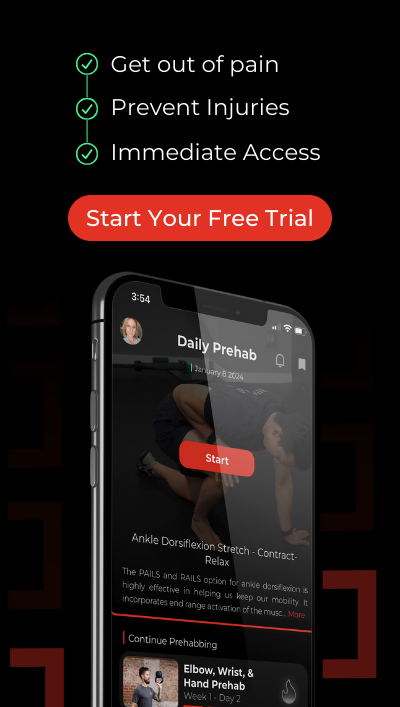



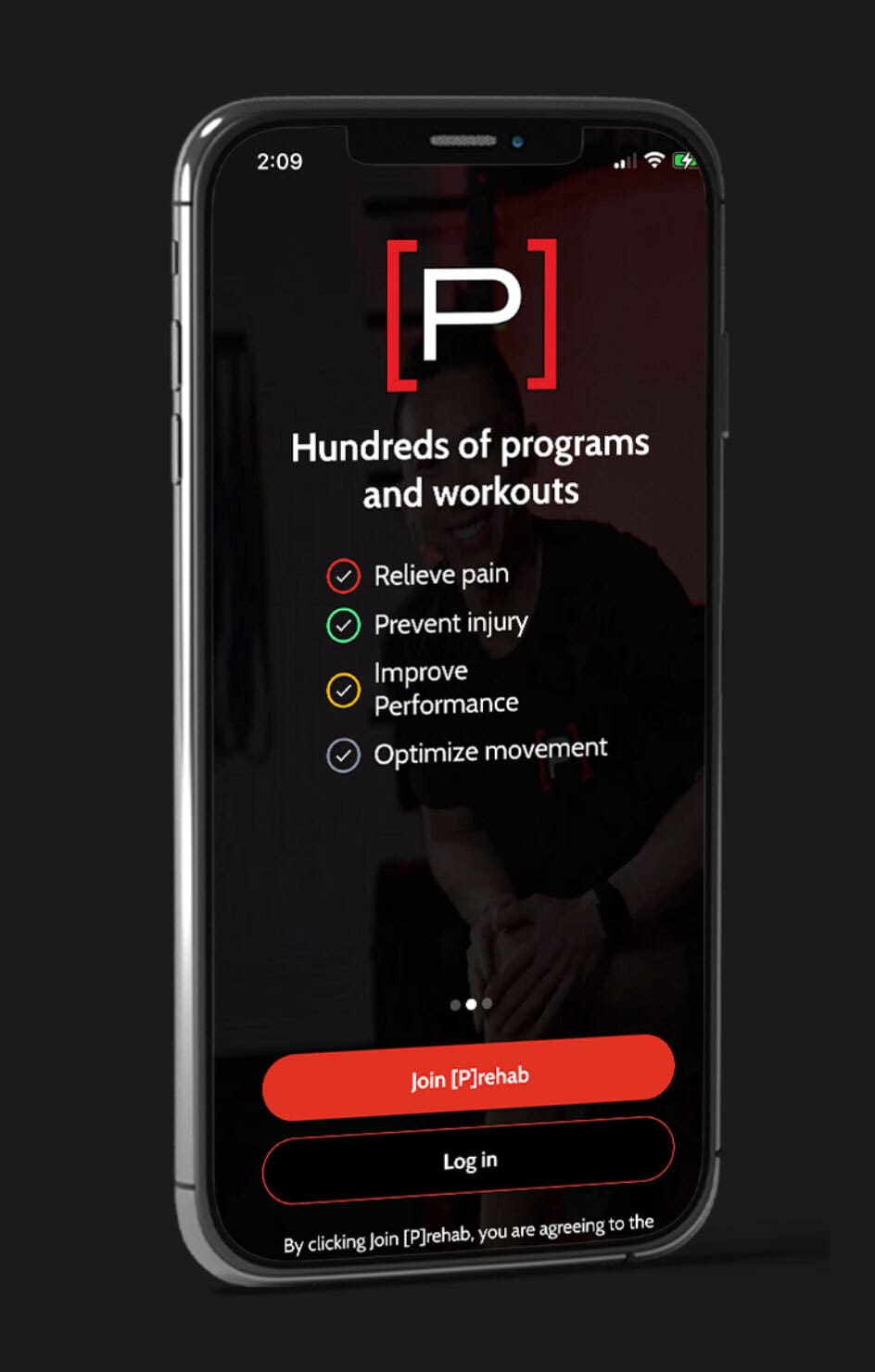

Question is: how can you discern whether they have a legitimate lower back problem or not?
Does it mean that the proper cure for lower back pain is almost invariably core stability , proper alignment and hip & thoracic mobility?
What do I tell people as a personal trainer who specializes in fixing musculoskeletal dysfunctions, but doesn’t have the scope of a physical therapist?
As a Doctor of Physical Therapy, we are trained in screening for red flags – true medical problems and know when to refer out. As a personal trainer, if someone is in pain, you should refer them to see a physical therapist or other health care professional. Don’t do anything your professional license does not allow.
Thank you!!!!!!
This I will be sharing with all of my students
This is excellent information that you synthesized very well. Thanks for that! However, there are multiple grammar issues and words missing in multiple sentences that make this very useful article hard to read. Please correct so that I can use this for patient education.
Updated. Please feel free the share. Cheers, TPG
I recently (9 weeks out) had a microdisectomy on my l5-s1 disc. I’m an active firefighter/ golfer and do CrossFit. As far as rehab and long term health career wise what can I be doing to “pre- hab” my back from now on. Thanks for the great videos and info.
Sounds cliche, but move. Get back to doing all the things you used to do, without fear you are hurting yourself. Work with a physio on proper movement mechanics…especially for golf and crossfit. Lots of repetitive movements so you want to ensure you are doing everything right. From a golf standpoint, hip mobility is huge. especially lead hip IR. Prehab is individualized so its best to see someone in person who can tailor a plan directly for you. We do offer online prehab consultation in which we can make a plan together if that’s something you would be interested in.
MRI is a technology that is used to see detailed image of the body’s soft tissue and bones that are damaged. It scans the spine by using a magnet that goes around the body. Being an expert of it, I am sorry to disagree but it is not harmful as you are saying. It is approved as a very helpful for curing spine issues.
Sam are you arguing with the research?
An MRI isn’t going to “cure” anything. Do you mean diagnose?
MRIs certainly have their uses but I think the author is just saying they’re not everything, and you shouldn’t rely on them completely.
Big fan of the prehab guys and really like this article as just the beginning of the topic. Unfortunately the “cold wind” you mention can cause back pain. When a person has central sensitization with temperature allodynia, a cool breeze could certainly be perceived as pain. Dismissing someone’s claims of pain can be just as detrimental as incidental findings on an MRI. You and your patients could benefit greatly from some pain neuroscience education.
Hi Nicole,
We are extremely versed in pain neuroscience education and I feel you are taking the main point of this article out of context.
Cheers,
TPG
This is an interesting article. I’m 31 and a few years ago I was having left leg pain and tightness. I’ve been doing crossfit for 4 years, and played college basketball and soccer. The outside of my thigh was constantly aching when doing squats with weight. I couldn’t sit for long periods or my left leg would start hurting and tightening up. I initially thought it was a hip problem. Finally when I had an MRI followed by a CT the images indicated bilateral spondylolysis, and spondylithis of my L5, with a grade 1 slip. I thought to myself, how? I didn’t fall, and I don’t know how it happened. I was told several things. Do Pilates and avoid CrossFit. One wrong move, and you can become paralyzed if there is more slippage. I was also told I can do crossfit, but be mindful with form which I already am. I continued to do crossfit, and i have my good days and bad. Some days I have sciatica like pain, and other days I feel great. I do core stability work, unilateral work, and take my recovery days. My only existing complaint is My left leg hasn’t really developed enough strength in comparison to my right after focusing on unilateral. Other that, it’s been better after diagnosis and recommendations.
Interesting, I wrote a related post on xrays/imaging (had not read this prior to writing my blog post- but the titles/themes are similar!)
https://sapiensmoves.wordpress.com/2019/09/22/you-are-not-your-x-ray/
I absolutely agree with the important main point. Crucial Message to get across. At the same time , is it less agreeable calling chinese pepole badly educated and having misunderstandings. Some people have not had the opportunity – or luxury- of education, or they are educated but in a different way. Misunderstandings – maybe. But everybody try to make sense of their experiences with whatever information they posess. You do not have to go to China to find people with different levels of education, different world views or different understandings. A less patronizing approach to cultural differences is always a better starting point for understanding, , regardless if those cultural differences exist across national borders or other borders.
Sorry if you took offense to the language or tone, that was not my message at all. I am chinese! And fully agree with what you said!
Hi, 3 yrs ago when I worked as a fitness trainer, I slipped a bit while I was trying to help a trainee by handing him an EZ-bar to do an exercise for the triceps , while he was lying on the bench.
I felt my lower back like sounding a click and I immediately knew that this is because the 80lbs overload and slipped a bit forward.
Since then I feel pain from time to time,but haven’t done any imaging or MRI or CT .
I decided to do the big 3 exercises by Stuart Mcgill , several stretching exercises and SFMR etc.
My question is if I should do any scanning in order to know exactly what is going on in my lower back or it would be useful?
Thanks in advance.
Hey Sean,
Unfortunately, we can’t give medical advice; however, movement is medicine and hopefully by now you are feeling better! IF not, we’d suggest checking in with your local health care provider!
How do you know that for example those young people with pathologies on MRI scans will not develop pain in the future?
Hey John, unfortunately there is no way to 100% predict injuries. Know that just because someone has a pathology, it doesn’t mean that the person has to have pain, or develop pain in the future!